Entry Type: Group - Starting with F
aka: Arkansas Interfaith Alliance
 Tav Falco
Tav Falco
Family, The [Political Dynasty]
Famous and Historic Tree Program
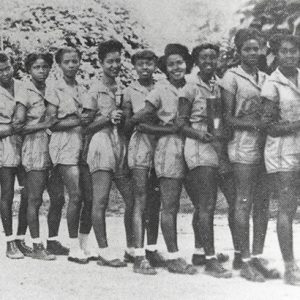 Fargo Basketball Team
Fargo Basketball Team
 Fargo Football Team
Fargo Football Team
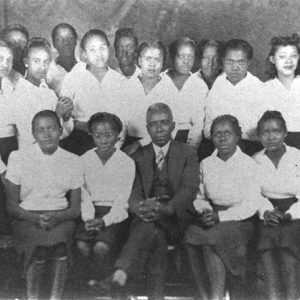 Fargo Girls Chorus
Fargo Girls Chorus
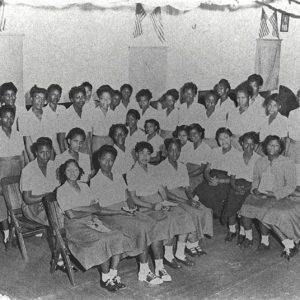 Fargo School Girls
Fargo School Girls
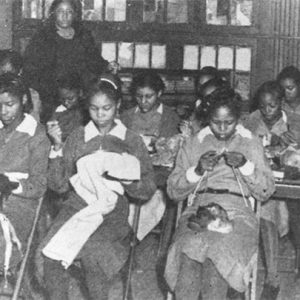 Fargo Sewing Class
Fargo Sewing Class
 Farkleberry Follies
Farkleberry Follies
 Farkleberry Follies
Farkleberry Follies
Farm Resettlement Projects
aka: Resettlement Administration
aka: Farm Security Administration
Faulkner County Historical Society (FCHS)
 Fayetteville Angels
Fayetteville Angels
Fiction Writers of Central Arkansas (FWCA)
Fiddlin’ Bob Larkan & His Music Makers
aka: Bob Larkan
aka: Bob Larkin
Fifteenth (Johnson’s) Arkansas Infantry (CS)
Fifteenth (Josey’s) Arkansas Infantry (CS)
Fifteenth (Northwest) Arkansas Regiment (CS)
Fifth Arkansas Infantry (CS)
Fifty-first United States Colored Troops
aka: First Mississippi Infantry Regiment (African Descent)
Fifty-seventh Regiment, United States Colored Troops (US)
aka: Fourth Arkansas Infantry (African Descent)
 Fifty-seventh U.S. Colored Infantry
Fifty-seventh U.S. Colored Infantry
Fine Arts Club of Arkansas
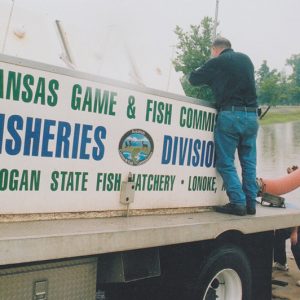 Fingerling Stocking
Fingerling Stocking
First (Crawford’s) Arkansas Cavalry (CS)
aka: Tenth Trans-Mississippi Cavalry
First and Second Kansas Colored Volunteer Infantry Regiments
aka: Seventy-Ninth and Eighty-Third United States Colored Troops
First Arkansas Infantry (US)
First Arkansas Light Artillery (CS)
First Arkansas Light Artillery Battery (US)
First Arkansas Light Battery (African Descent) (US)
aka: Battery H, Second U.S. Colored Artillery (Light)
First Arkansas Union Cavalry (US)
First Arkansas Volunteer Infantry Regiment (African Descent) (US)
aka: Forty-sixth Regiment U.S. Colored Troops
First Arkansas Volunteer Infantry Regiment (CS)
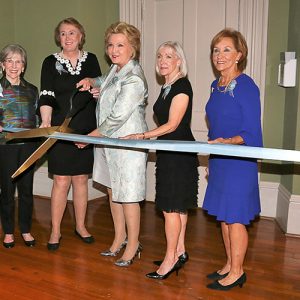 First Ladies Exhibit Grand Reopening
First Ladies Exhibit Grand Reopening
First Spouses
aka: First Ladies
aka: First Gentlemen
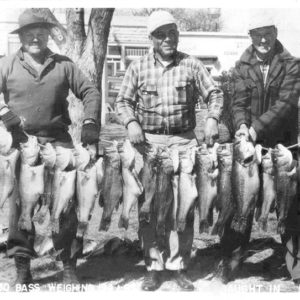 Fishermen
Fishermen
 Five Arkansas Governors
Five Arkansas Governors
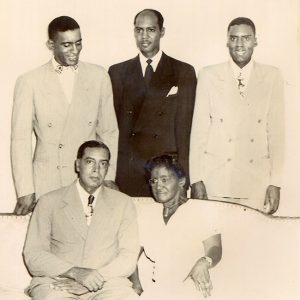 Flowers Family
Flowers Family
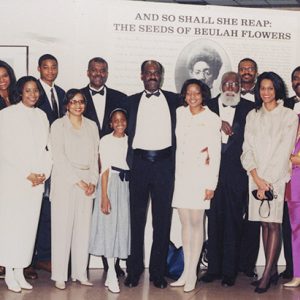 Flowers Family at UAPB
Flowers Family at UAPB
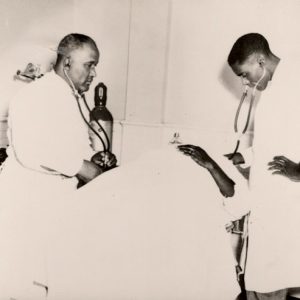 Cleon Flowers and C. A. Lawlah with Patient
Cleon Flowers and C. A. Lawlah with Patient
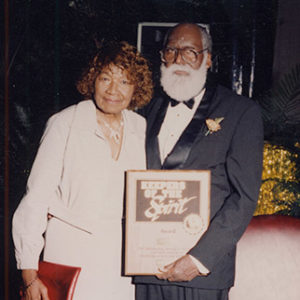 Cleon and Martha Flowers
Cleon and Martha Flowers
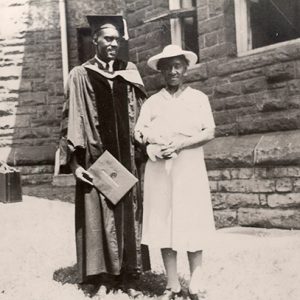 Cleon and Beulah Flowers
Cleon and Beulah Flowers
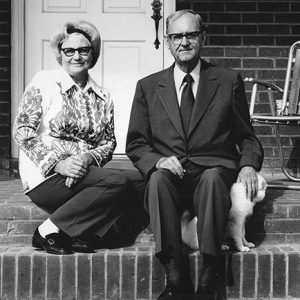 Arch and Ruby Ford
Arch and Ruby Ford
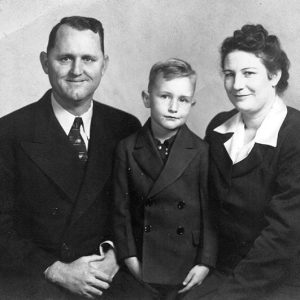 Ford Family
Ford Family
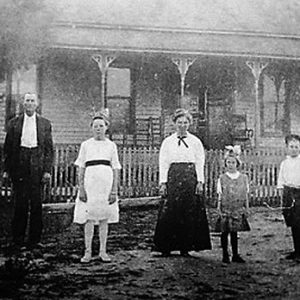 Ford House
Ford House
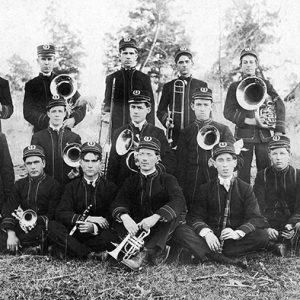 Fordyce Concert Band
Fordyce Concert Band
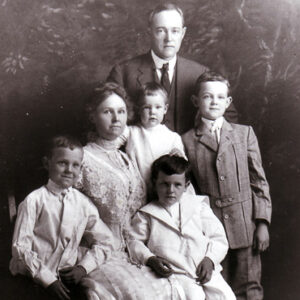 John Fordyce Family
John Fordyce Family
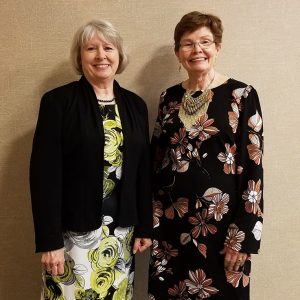 Former Society Presidents
Former Society Presidents
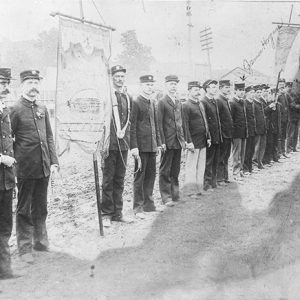 Fort Smith Fire Department
Fort Smith Fire Department




